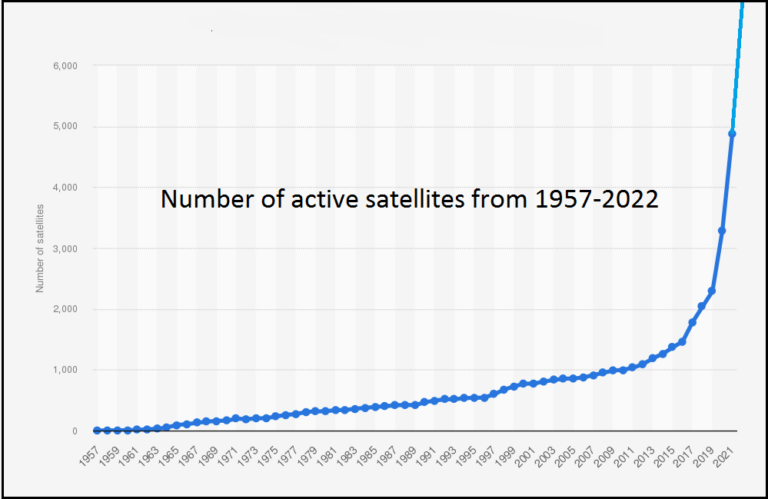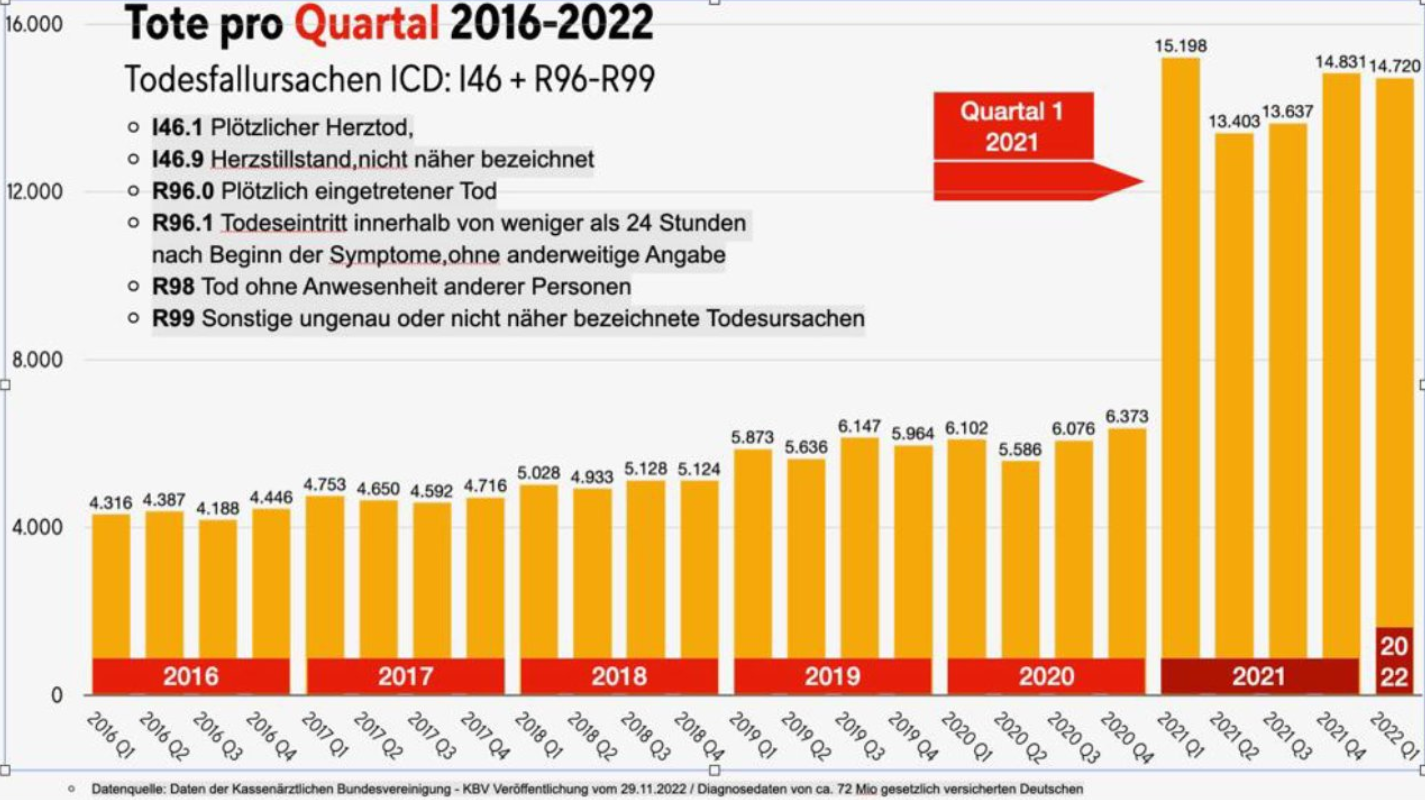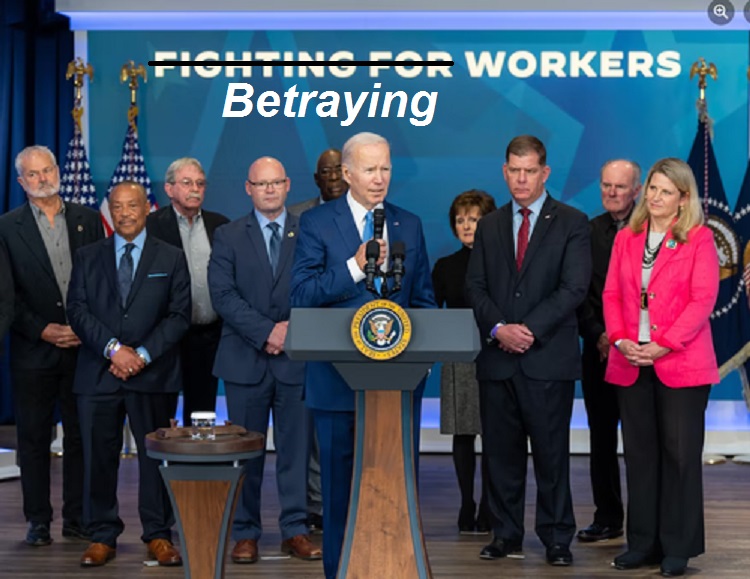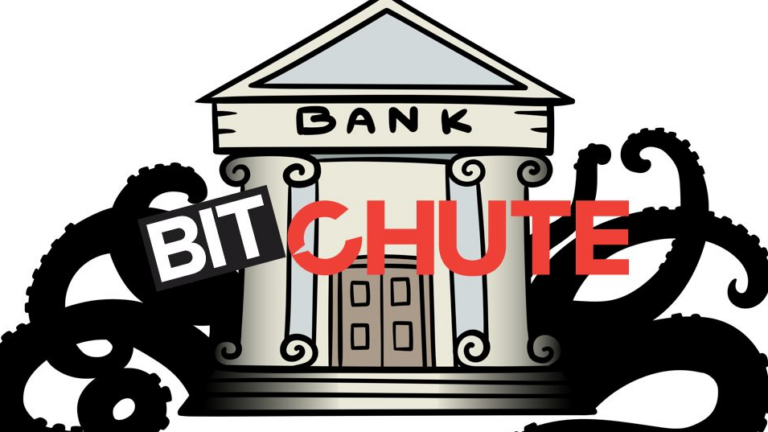Tucker Carlson Repeats Old News: The CIA Orchestrated the Assassination of JFK
Apparently somebody in the Biden Administration decided it was time to insert the John F. Kennedy assassination back into the news cycle this week. They "released" thousands of documents on the event that apparently just confirmed the U.S. Government's official position on the matter: Lee Harvey Oswald acted alone. The larger news story that made the rounds in the Alternative Media came from Tucker Carlson of Fox News who stated: "Today we spoke to someone who had access to the still-hidden JFK files, and is deeply familiar with their contents. We asked this person directly: did the CIA have a hand in the murder of John F. Kennedy? Here’s the reply: 'The answer is yes. I believe they were involved.'" This was treated as "breaking news" in the Alternative Media this week as if this had never been stated in the corporate media before. But the fact is that this is very old news, and pretty much every major corporate news organization has published something similar to this for decades now. And of course, those of us in the Alternative Media have covered this topic in depth for many years now. In 2020, we published an interview with Robert F. Kennedy, Jr. on Ron Paul's Liberty Report show, where Kennedy said not only did the CIA kill his uncle, but also his father. If you want to go beyond what the controlled opposition corporate media is reporting about this, and understand the much larger picture of how the CIA and our government operates, the best film I have seen on this topic is Francis Richard Conolly's epic 2014 film, JFK to 9/11: Everything Is a Rich Man's Trick. It has an 8.6 out of 10 rating on IMDB.com, and as far as I know it was only self-published on YouTube, as no production company or studio would dare to touch the subjects covered in this film. There are still several copies on YouTube. It is almost 3.5 hours long, and may take you a few days to watch, but it is well worth it. I have watched it twice over the years.












